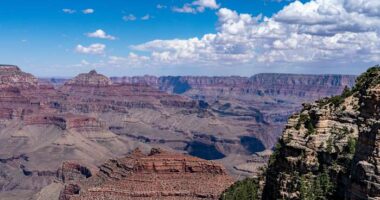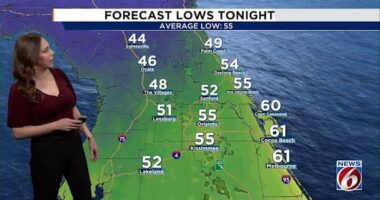Share this @internewscast.com

HONOLULU (KHON2) — Since just before Christmas, Kīlauea has been putting on a stop-and-go volcanic show—and it’s more than just a spectacular display. According to a University of Hawaii at Hilo geologist, the pattern of eruptions offers insight into the volcano’s inner workings and future behavior.
Kīlauea has erupted 21 times since December 2024, said Dr. Steven Lundblad, a geology professor at UH Hilo. “We’re seeing this cycle where pressure builds beneath the summit until the magma finds a way to the surface,” he explained. “Because the magma contains a lot of gas, it erupts in these dramatic fountains—some shooting up to 1,000 feet in the air.”
After that initial burst, a crust of lava often forms over the vent, capping it temporarily. But pressure builds again, and the pattern repeats—about once a week on average.
“It’s a bit like inflating a balloon,” Lundblad said. “As pressure builds, the ground surface deforms and rises. Once it hits a certain point, the volcano erupts, the pressure drops, and then the cycle starts all over again.”
“At UH Hilo, we help by looking at the chemical composition of the erupted material,” Lundblad said. “That helps us understand how the eruption is evolving and how this one compares to past eruptions.”
The current activity at Kīlauea has parallels with past long-lasting eruptions. Lundblad pointed to Puʻu ʻŌʻō’s 35-year eruption starting in 1983, as well as high-fountaining phases at Kīlauea Iki in 1959 and Mauna Ulu in 1969.
“All of those eruptions started with this kind of episodic, high-fountaining activity,” he said. “It’s possible we’ll see something similar here—maybe less explosive over time, with steady lava flows gradually building up the lava lake at the summit.”
While it’s still too early to say how long this cycle will continue, researchers are keeping a close eye. For now, Kīlauea’s regular rhythm offers both a natural spectacle and a valuable opportunity to study the science behind one of the world’s most active volcanoes.











